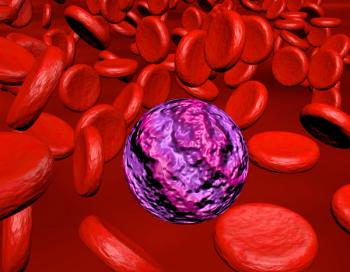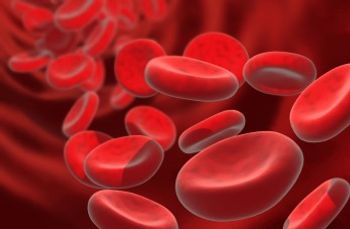
Study Finds Current Maintenance Strategies for Primary Ovarian Cancer Lack Cost-Effectiveness
A study of simulated patients with primary epithelial ovarian cancer found that none of the maintenance therapy regimens evaluated were cost-effective when compared with observation following frontline response.
Results from a study published in JAMA Network Open suggested that the current cost of maintenance therapy for primary ovarian cancer is not cost-effective, regardless of molecular signature.
“Maintenance olaparib [Lynparza] for patients with a BRCA variant could feasibly become cost-effective if its price were reduced by half,” the study authors wrote. “Other maintenance strategies, such as niraparib [Zejula] for patients with homologous recombination proficiency, do not have obvious pragmatic solutions like price reduction to make them sufficiently cost-effective and may require further investigation to allow for a more certain and complete interpretation of the efficacy results before use in clinical settings.”
Using simulated patients with primary epithelial ovarian cancer to economically evaluate the United States health care sector, investigators created 3 decision trees, 1 for each group of patients with molecular signatures that include either a BRCA variant, homologous recombination deficiency (HRD) without a BRCA variant, or homologous recombination proficiency. Maintenance strategies assessed included the use of olaparib as in the phase 3 SOLO-1 trial (NCT01844986), olaparib plus bevacizumab (Avastin) or bevacizumab alone as in the phase 3 PAOLA-1 trial (NCT02477644), and niraparib as in the phase 3 PRIMA trial (NCT02655016).
The first tree, or base case 1, assessed each treatment option versus observation patients with a BRCA variant. Base case 2 assessed olaparib plus bevacizumab, bevacizumab, and niraparib versus observation in patients with HRD without a BRCA variant. Lastly, base case 3 assessed olaparib plus bevacizumab, bevacizumab, and niraparib versus observation in patients with homologous recombination proficiency.
Overall, none of the treatments studied were considered cost-effective compared with observation when a willingness-to-pay (WTP) threshold of $100,000 per progression-free life-years saved (PF-LYS) was assumed.
For patients with a BRCA variant, olaparib was found to be the most cost-effective with an incremental cost-effectiveness ratio (ICER) of $186,777/PF-LYS, which was well over the WTP threshold. In order to be considered cost-effective, the third-party payer price per month of olaparib would need to be reduced by almost half from approximately $17,000 to $9000.
Among patients with HRD without a BRCA variant, the olaparib-bevacizumab combination was revealed to be the most cost-effective with an ICER of $629,347/PF-LYS.
Moreover, in the case of a patient with homologous recombination proficiency, bevacizumab alone was deemed to be the most cost-effective with an ICER of $557 865/PF-LYS. Of note, even at a price of $0 per month, the investigators said that niraparib could not be considered cost-effective as a maintenance strategy for patients with homologous recombination proficiency.
“This [study] does not imply that maintenance regimens be withheld from patients with ovarian cancer in the upfront setting simply because they are not cost-effective—rather, the effectiveness of maintenance therapy should be interpreted within the context of its expense,” the study authors, who were led by Courtney A. Penn, MD, noted in their report.
Importantly, an inherent limitation of the current analysis was the reliance on cross-trial comparison between the 3 studies, though this was necessary without a head-to-head randomized clinical trial comparing all maintenance regimens. Albeit the study populations of these trials had comparable characteristics and the patients were required to have complete or partial response following chemotherapy, there was still between-trial variability for which the investigators could not account.
Reference:
Penn CA, Wong MS, Walsh CS. Cost-effectiveness of maintenance therapy based on molecular classification following treatment of primary epithelial ovarian cancer in the United States. JAMA Netw Open. 2020;3(12):e2028620. doi: 10.1001/jamanetworkopen.2020.28620
Newsletter
Stay up to date on recent advances in the multidisciplinary approach to cancer.


















































































